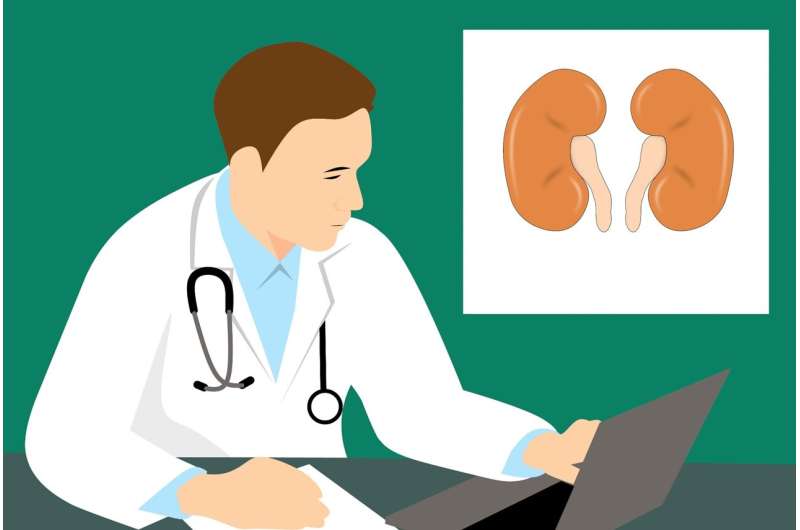Peritoneal dialysis costs Medicare less than hemodialysis, even as more patients are placed on peritoneal dialysis

People with kidney failure who do not choose conservative management and have not received a kidney transplant can undergo either hemodialysis, which is typically performed several times a week at a clinic, or at-home peritoneal dialysis (PD). New research published in the Journal of the American Society of Nephrology indicates that cost savings associated with PD compared with hemodialysis have continued over the years despite growth in the use of PD.
Observational studies suggest that health outcomes are similar between hemodialysis and PD, while home-based PD may offer greater autonomy, improved quality of life, and advantages when trying to maintain employment. Research also suggests that PD may be less costly, which has been one reason that recent U.S. policies have encouraged its use. However, as more patients with kidney failure are started on PD, the magnitude of potential cost savings compared with hemodialysis might change, especially because patients with conditions such as diabetes and obesity tend to experience more complications associated with PD.
To investigate, a team led by Kevin Erickson, MD, MS (Baylor College of Medicine) compared U.S. Medicare expenditures for PD and hemodialysis and evaluated whether differences in expenditures between the two dialysis modalities changed over time during a period of rapid growth in the use of PD.
In the analysis of U.S. Medicare beneficiaries starting dialysis between 2008–2015 who were 67 years and older, overall average expenditures were 11% more for hemodialysis than for PD—$108,656 (in 2017 U.S. dollars) for hemodialysis and $91,716 for PD—and this difference did not change over time. Hemodialysis had 69% higher estimated intravenous dialysis drug costs, 35% higher rehabilitation costs, and 34% higher other non-dialysis costs. Over time, differences in total dialysis expenditures and intravenous dialysis drug use narrowed. Estimated intravenous drug costs declined by $2,900 per patient per year in hemodialysis between 2008 and 2014 vs. $900 per patient per year in PD.
"It was reassuring to see that Medicare cost savings from peritoneal dialysis persisted over time even as more patients were assigned to this modality. At the same time, a convergence in the use of intravenous dialysis drugs between the two dialysis modalities suggests that a main economic incentive in favor of peritoneal dialysis that was created with expansion of the ESRD Prospective Payment System in 2011 has diminished over time," said Dr. Erickson.
More information: Jennifer M. Kaplan et al, A Comparison of US Medicare Expenditures for Hemodialysis and Peritoneal Dialysis, Journal of the American Society of Nephrology (2022). DOI: 10.1681/ASN.2022020221




















